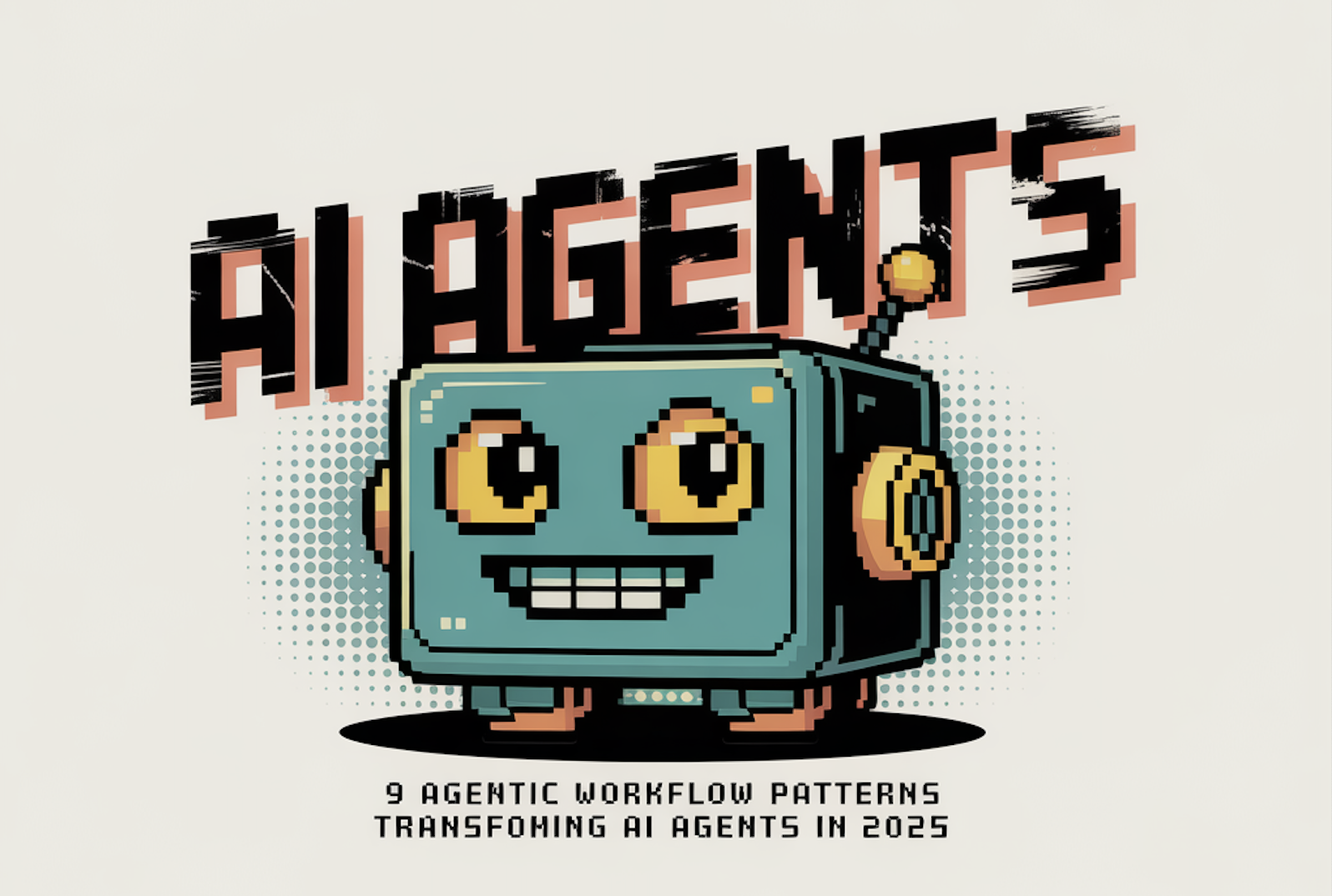
Transforming AI: Nine Agentic Workflow Patterns Set to Revolutionize Automation by 2025
As we approach 2025, the landscape of AI agents is poised for significant transformation. The traditional approach of merely invoking a language model is becoming obsolete for production-ready solutions. Modern intelligent automation now demands orchestrated, agentic workflows—modular coordination frameworks that convert isolated AI calls into systems of autonomous, adaptive, and self-improving agents.
Why Classic AI Agent Workflows Fail
Many AI agent implementations falter due to their reliance on a 'single-step thinking' approach, where complex, multi-part problems are expected to be solved by a single model invocation. According to Gartner, by 2028, a substantial 33% of enterprise software will depend on agentic AI. However, to overcome the staggering 85% failure rate of current implementations, new paradigms must be adopted.
The 9 Agentic Workflow Patterns for 2025
- Sequential Intelligence: This involves prompt chaining, where tasks are broken down into step-by-step subgoals, allowing the output of each language model to become the input for the next step. This method is particularly beneficial for complex customer support agents and workflows.
- Parallel Processing: Enabling multiple processes to be executed concurrently, this pattern enhances efficiency and speed in AI operations.
- Intelligent Routing: This strategy directs tasks to the most suitable agents based on their skills, improving decision-making and task completion rates.
- Self-Improving Systems: These systems learn from their experiences, adapting and enhancing their capabilities over time.
How These Patterns Revolutionize AI Agents
The implementation of these workflow patterns not only enhances the scalability and robustness of AI agents but also addresses the inherent limitations seen in traditional models. By embracing a multi-step, parallel, routed, and self-improving approach, AI agents can tackle complex challenges more effectively.
Real-World Impact & Implementation Best Practices
As companies begin to harness these patterns, they will likely see significant advancements in their AI capabilities, ushering in a new era of intelligent automation. Best practices in implementing these workflows include careful planning, iterative development, and ongoing training of AI systems to ensure they can adapt to changing environments.
Conclusion
The shift towards agentic AI workflows marks a pivotal moment in the evolution of artificial intelligence. By 2025, organizations that adopt these nine patterns will not only improve their operational efficiency but also gain a competitive edge in the rapidly evolving tech landscape.
Rocket Commentary
The article rightly identifies a pivotal evolution in AI agent workflows, moving from simplistic, single-step models to more complex, agentic frameworks. This shift is not merely a matter of technological advancement; it reflects a growing recognition that real-world problems require nuanced, adaptive solutions. The staggering 85% failure rate of current implementations underscores the urgency for businesses to embrace this transformative approach. As we transition towards 2025, the implications for industries are profound—companies must prioritize developing modular, coordinated systems to harness AI's full potential. This evolution not only promises improved efficiency but also encourages ethical practices by enabling responsible AI use that prioritizes transparency and accountability. As we forge ahead, it is essential that the integration of such advanced systems remains accessible, ensuring that the benefits of AI are equitably distributed across sectors and communities.
Read the Original Article
This summary was created from the original article. Click below to read the full story from the source.
Read Original Article